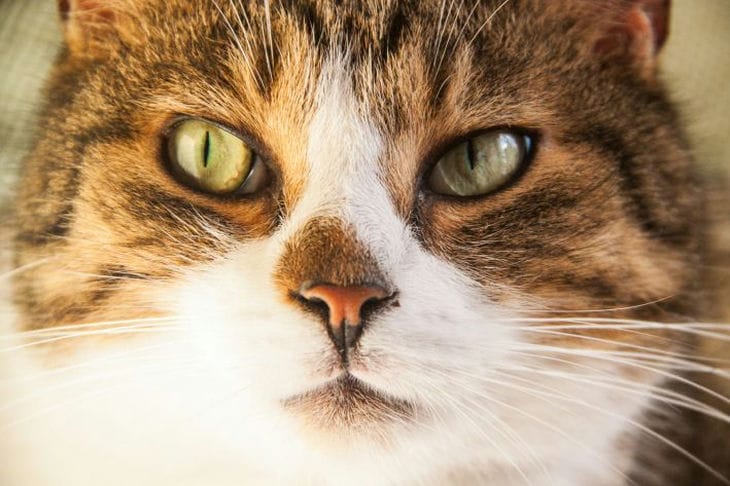Cats are known for their cleanliness and ability to groom their fur.
However, sometimes bathing becomes necessary, for example if the cat is very dirty or suffers from skin diseases.
Many cats are afraid of water and perceive bathing as stress. How to wash a cat without causing psychological trauma?
Preparing for bathing: calm and comfort
The key to successful cat bathing is calmness and comfort. Before bathing, you need to prepare everything you need:
- Cat shampoo: Use only special cat shampoos that do not dry out the skin or cause irritation.
- Towels: Have two towels available – one to dry your cat after bathing and one to protect yourself from splashes.
- Container with water: fill the container with warm water at a comfortable temperature.
- Mat: Place a rubber mat on the bottom of the tub or sink to prevent your cat from slipping.
The bathing process: gentleness and care
Bathing your cat should be done gently and carefully, avoiding sudden movements and loud sounds. Gradually wet the cat's fur with warm water, avoiding water getting into the ears and eyes.

Apply shampoo, lather it up and rinse thoroughly. After bathing, wrap the cat in a towel and gently wet the fur.
Drying: warmth and comfort
After bathing, the cat must be dried. If the cat is not afraid of a hair dryer, you can use it at low temperature and speed. Otherwise, wrap the cat in a dry towel and leave it in a warm place until completely dry.
Positive Reinforcement: The Key to Success
To prevent your cat from being afraid of bathing, it is important to use positive reinforcement. After bathing, praise your cat, give her a treat, or play with her. This will help your cat associate bathing with positive emotions.
Bathing a Cat: From Stress to Pleasure
Bathing a cat can be a pleasant and comfortable process if you approach it with care and attention. Calmness, tenderness, accuracy and positive reinforcement are the main secrets of successful bathing of a cat.
Previously, we talked about what to do if a dog goes to the toilet in the wrong place .








